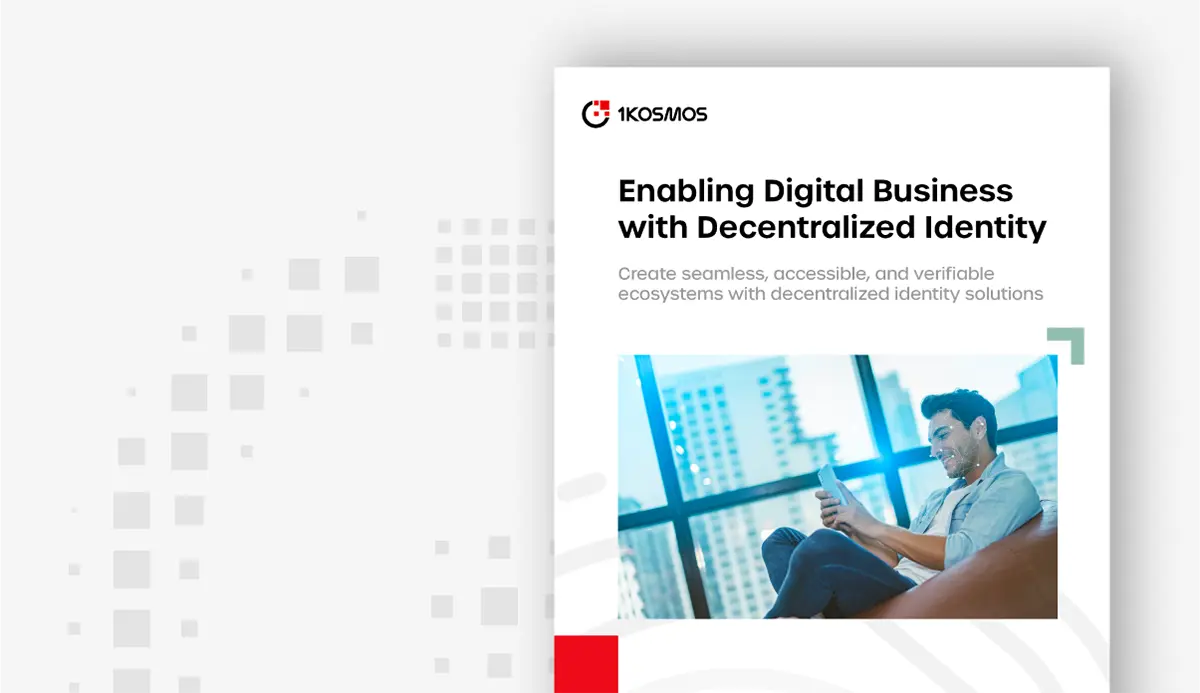What is Proof of Stake?
All those familiar with cryptocurrency must be familiar with Proof-of-Work (PoW) and proof of stake(PoS) consensus algorithm. In PoW based blockchains like Bitcoin (BTC), miners are racing to solve a complex mathematical problem that is hard to solve but easy to verify. As soon as a miner solves the problem he broadcasts his result to the entire community of miners who then verifies the result, subsequently a new block is generated and miner who wins the block records next BTC transaction into it. This is how bitcoin blockchain is managed and miners are rewarded with new BTC for their services. PoW algorithm used in Bitcoin is Hashcash.
PoW was developed to ensure that no forge transaction can be recorded on the blockchain and to secure the blockchain from cyber attacks like DDoS. But this consensus algorithm has developed some serious problems over years, expensive hardware (ASIC devices) that consumes too much electricity is required to run PoW consensus algorithm and its slow nature has made blockchain not fit for commercial adoption.
Proof of Stake (PoS) consensus algorithm was developed to overcome limitations of PoW. In PoS every coin holder (Ether in case of Ethereum blockchain) can become a Staker (also referred as Minter) by locking his coins in a specialized wallet. New blocks are generated by a consensus algorithm in which set of minters take turns proposing and voting on the next block, the weight of each Staker vote depends on the size of its deposit. Every minter has to ensure that whatever he is validating is legitimate as he has coins at stake. The goal of PoS is same as that of PoW i.e. to generate new blocks and management of the blockchain but in a better way. Just like miners are rewarded with new BTC, more coin a minter surrender as a stake more will be his reward or dividend.
Some Advantages that PoS offers over PoW Are…
- No expensive mining hardware and high power is required to run PoS consensus algorithm.
- PoS is much faster than PoW, making it fit for commercial adoption.
- 51% attacks are more expensive to carry out in PoS due to economic penalties.
51% attack refers to an attack on a blockchain – usually bitcoin’s, for which such an attack is still hypothetical – by a group of miners controlling more than 50% of the network’s mining hashrate, or computing power. The attackers would be able to prevent new transactions from gaining confirmations, allowing them to halt payments between some or all users. They would also be able to reverse transactions that were completed while they were in control of the network, meaning they could double-spend coins.
They would almost certainly not be able to create a create new coins or alter old blocks, so a 51% attack would probably not destroy bitcoin or another blockchain-based currency outright, even if it proved highly damaging.
There are many blockchains like Blackcoin and Peercoin already using PoS. Ethereum after introducing smart contracts in its initial release is now moving to PoS in its upcoming hard fork Casper.
Identity Management with 1Kosmos
1Kosmos is an identity management platform that is harnessing the power of both Proof of Stake and PoW to solve the identity management problem of 4 trillion USD digital economy. 1Kosmos users identity data will be stored in digitally secured on their own mobile devices and can be provided to legitimate verifiers with ease. The Identity data is stored on a quasi-permissioned ledger which uses Proof of stake, and the hash of the location of that data is published on the public blockchain which uses PoW. All this is done to make your digital identity secure (PoW) and make it available easily (PoS).
